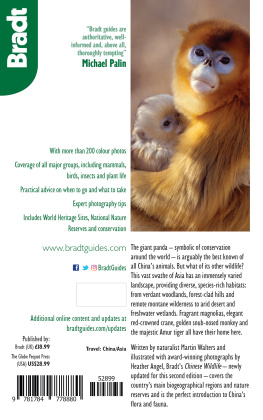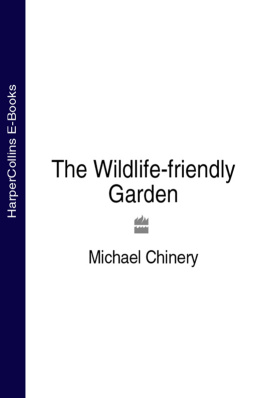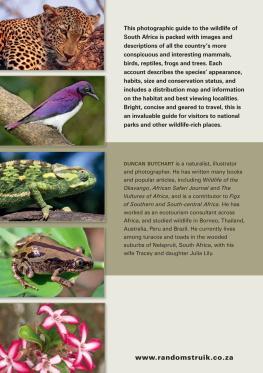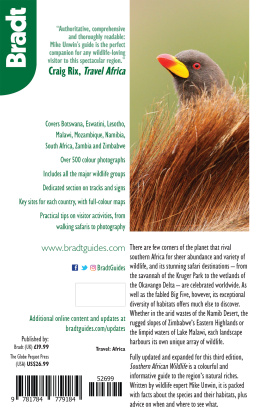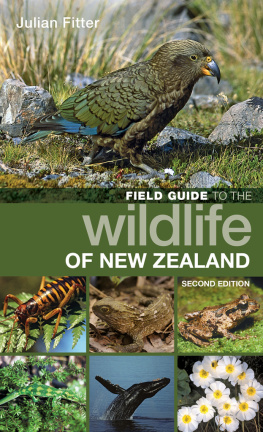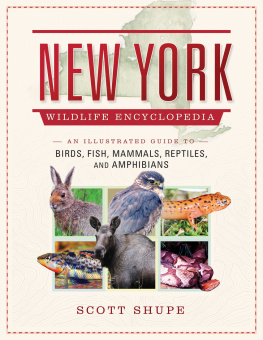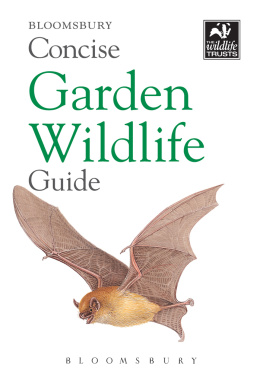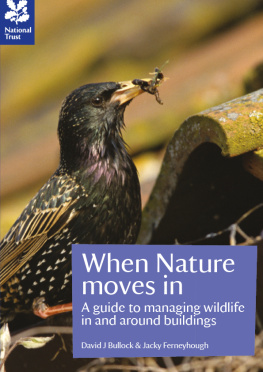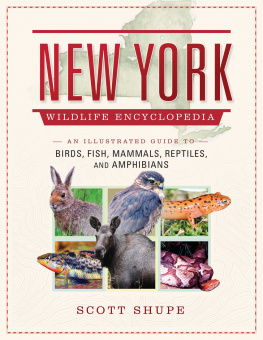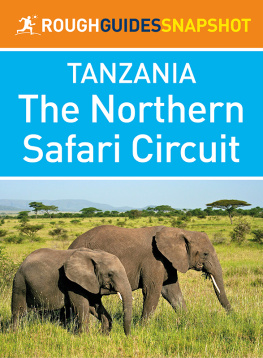Table of Contents


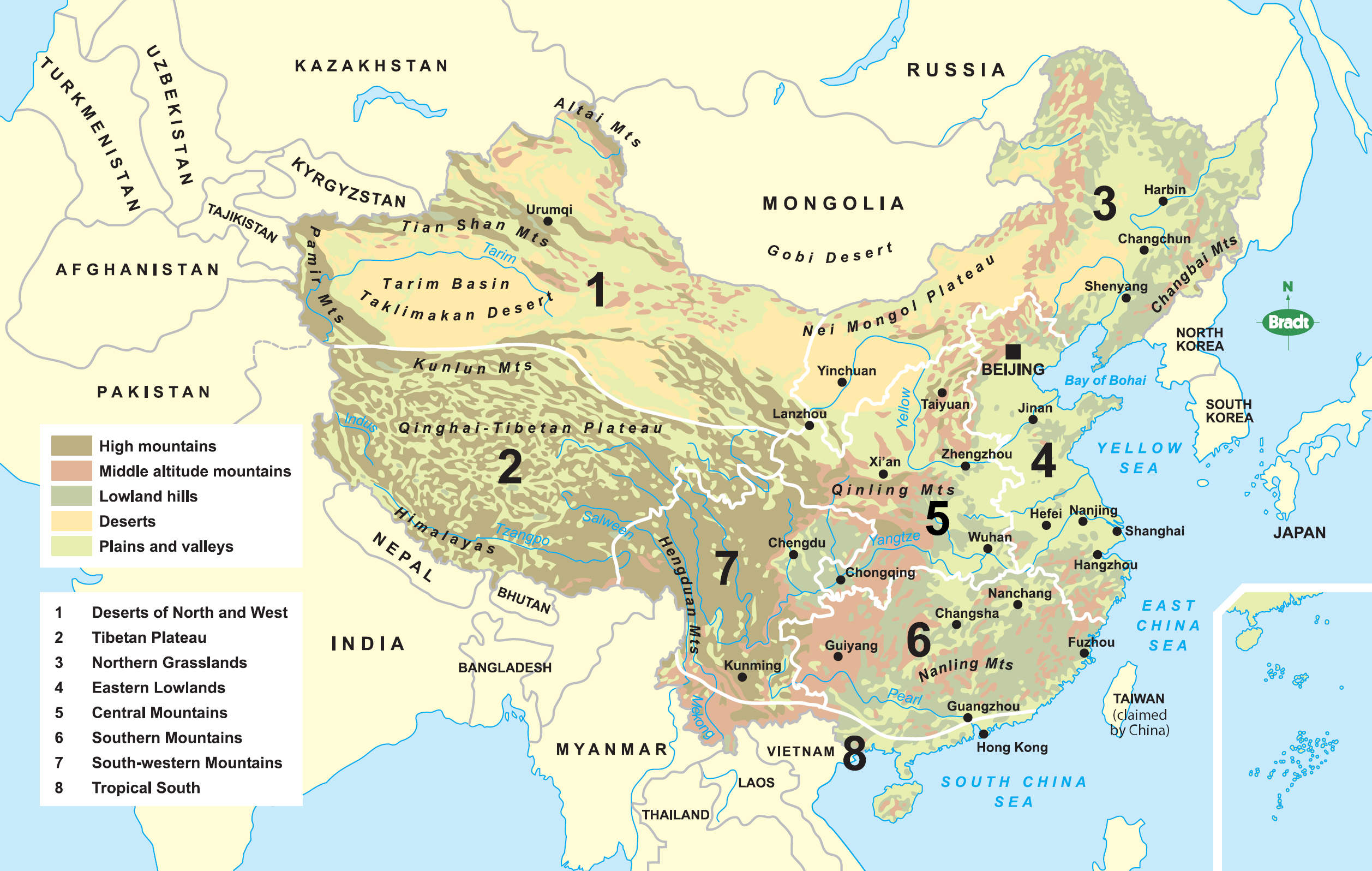
Second edition published March 2022
First published February 2008
Bradt Guides Ltd
31a High Street, Chesham, Buckinghamshire, HP5 1BW, England
www.bradtguides.com
Print edition published in the USA by The Globe Pequot Press Inc,
PO Box 480, Guilford, Connecticut 06437-0480
Text copyright 2022 Martin Walters
Maps copyright 2022 Bradt Guides Ltd; includes map data OpenStreetMap contributors
Photographs copyright 2022 Individual photographers (see below)
Project Manager: Susannah Lord
Cover research: Ian Spick, Bradt Guides
The author and publisher have made every effort to ensure the accuracy of the information in this book at the time of going to press. However, they cannot accept any responsibility for any loss, injury or inconvenience resulting from the use of information contained in this guide. All rights reserved. No part of this publication may be reproduced, stored in a retrieval system, or transmitted in any form or by any means, electronic, mechanical, photocopying, recording or otherwise without the prior consent of the publisher.
ISBN: 9781784778880
British Library Cataloguing in Publication Data
A catalogue record for this book is available from the British Library
Photographs
All photos taken by Heather Angel (https://heatherangelphotography.co.uk/blog), with the exception of the following other photographers:
Jeff Collet (JC); Richard Coomber (RC); G & P Corrigan (G&PC); Dreamstime.com: Tonny Anwar (TA/D), Jirapath09 (J/D), Vladislave Jirousek (VJ/D), Kampwit (K/D), Navjot7997 (N/S), Picstudio (P/D), Ondej Prosick (OP/D), Wang Thammachatudom (WT/D), Thawats (T/D), Wrangel (W/D), Xuying1975 (X/D), Jia Yichuan (JY/D); David Harrison (DH); Sylvain Hellio (SH); Andrew Henley (AH); Gregory Guida (GG); Doug McCutcheon (DMc); Chris Newman (CN); Anne Norris (AN); Paul Sawer (PS); Shutterstock.com: mary416 (m/S), Michal Pesata (MP/S), Ray Shiu (RS/S); Ian Tait (IT); Francesco Tomasinelli (FT); Michael Windle (MW)
Front cover Red panda
Back cover Golden snub-nosed monkey mother and baby
Title page Red poppywort; giant panda; green peafowl
Maps Michael C Wood; David McCutcheon FBCart.S
Typeset by Ian Spick, Bradt Guides
Production managed by Jellyfish Print Solutions; printed in Turkey
Digital conversion by www.dataworks.co.in
Paper used for this product comes from sustainably managed forests, recycled and controlled sources.
CONTENTS
AUTHOR
Martin Walters is a writer, editor and naturalist, based in Cambridge. He studied Zoology at Oxford University, and has had a lifelong fascination with birds, botany, natural history and conservation. His wide range of publications includes books on birds, flowers, trees, garden wildlife and travel. Martin has travelled to many parts of the world observing wildlife, and he has a particular interest in the natural history and culture of China.
PRINCIPAL PHOTOGRAPHER
Heather Angel, who took most of the photographs in this book, is a biologist and award-winning wildlife photographer. Since she first visited China in 1984, she has made many trips to photograph natural landscapes and wildlife. Her great passion is pandas and she has written three books about them. Heather has held two solo exhibitions of her work in Beijing in 1998 and 2003. She was President of the Royal Photographic Society from 1984 to 1986 and has been a Visiting Professor at Nottingham University since 1994.
MAJOR CONTRIBUTORS
Professor Wang Sung is Research Professor at the Institute of Zoology, Chinese Academy of Sciences, Beijing. An expert on mammals and conservation, he is one of Chinas leading zoologists and is actively involved in efforts to preserve the nations biodiversity, having been awarded the 2003 Edinburgh Medal for his work in conservation. He served for more than 10 years as Co-Chair for the Biodiversity Working Group of the China Council for International Cooperation on Environment and Development (CCICED) and works together with members from China and the international community on biodiversity conservation issues.
Dr Xie Yan is Associate Research Professor in the Institute of Zoology, Chinese Academy of Sciences, and Steering Committee Member, Species Survival Commission (SSC/IUCN). She was Director of the China Programme of the Wildlife Conservation Society. Her special interests include biodiversity conservation and protected area management. Her published books include Chinas Protected Areas, China Species Redlist, A Field Guide to the Mammals of China and Biodiversity Atlas of China.
ACKNOWLEDGEMENTS
The author would like to give special thanks to Dr Xie Yan for providing the latest information on Chinas nature reserves and the status of rare and interesting animals and plants, and to Professor Wang Sung for writing the Foreword. He would also like to acknowledge the help of Heather Angel, who wrote the section Photographing Natural China.
FOREWORD
Guidebooks on local wildlife have been published in many countries. However, there is a distinct shortage of books about the wildlife of China. This is partly due to a lack of available information from field surveys. Surveys of Chinese mammals, for example, were mainly done by Western naturalists, from the mid 19th to the early 20th century. Field surveys by Chinese scientists began in the early 1950s, but unfortunately these were short-lived, being replaced largely by laboratory-based modern molecular biology.
As a result, detailed knowledge about Chinese wildlife is still lacking, and information about species diversity in Chinese reserves is often based on records dating back 30 or 40 years. Hence, there is a pressing need to update this information based on solid field surveys and accurate taxonomy, and there are likely to be more species yet to be discovered in Chinas diverse habitats and wild places. For example, recently a hedgehog species was discovered in the forests of Gaoligongshan Nature Reserve, Yunnan, although there had been no previous records for this region during the 19th and 20th centuries. This is just one example of the gaps in our knowledge of Chinas wildlife. The same is true also for other vertebrate groups, and still more so for invertebrates. There are doubtless many plant species awaiting discovery as well.
In China, wildlife conservation is a great challenge due largely to long-term over-harvesting and overuse, in part caused by a long history of tradition and entrenched unsustainable behaviour, such as hunting wildlife for food, and the uninformed use of rare and endangered species for traditional Chinese medicine (TCM). Over the years many mammals have been over-hunted for their fur, skeletons, meat, glands and derivatives, partly for use in TCM. A famous example is Pre Davids deer, an endemic deer (ie: found nowhere else) which was widely distributed in central China but suffered from over-harvesting for its meat and antlers. The saiga in northwestern China has been hunted to extinction for its skin, meat and for parts used in medicine, especially its horns. The Mongolian gazelle, which used to be abundant, is now highly endangered. Other species, such as the south China tiger, have long been regarded as unwelcome or even pest animals, and were hunted to probable extinction, partly for their skins and skeletons. Meanwhile, musk deer (for musk) and pangolins (for meat and for scales), which used to be widely distributed in China, are also now highly threatened due to over-harvesting. Unfortunately, such animals are not given the same prominent status as more iconic species such as the giant panda. It is essential to increase knowledge of Chinas wildlife in order to encourage changes where there are such entrenched traditional views of wildlife.

